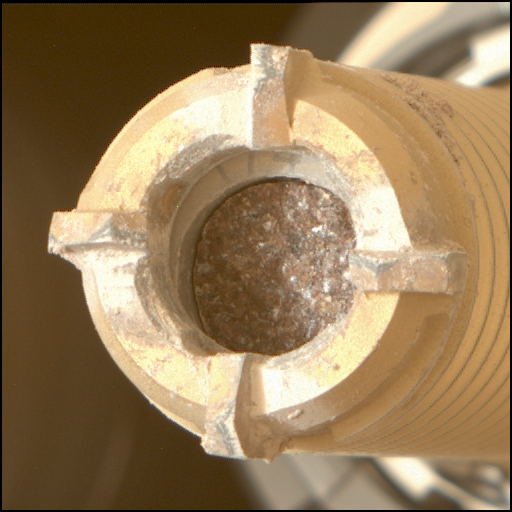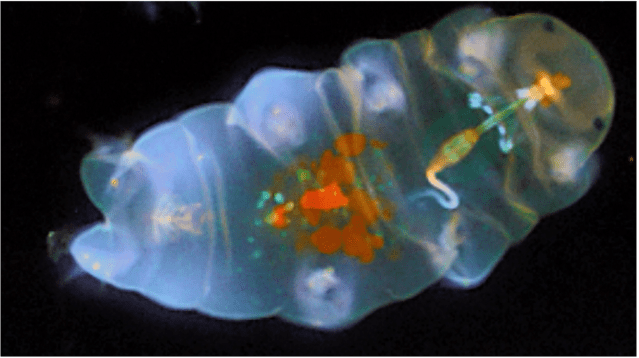Studying the Comet Geyser sample has led researchers to a significant discovery: the presence of carbonate minerals. This finding suggests that in the past, water, carbon dioxide, and elements from rocks or sediments in and around ancient Jezero crater reacted to form carbonate.
In addition to carbonate, silica phases were also found in the sample. Silica forms when water interacts with rocks or sediments and the composition and crystallinity of silica can provide insights into the intensity or duration of weathering, as well as the pressure and temperature conditions during formation.
By studying these two minerals present in the Comet Geyser sample, scientists can gain valuable information about the geological history of the region, including past environmental conditions and the processes that have shaped the landscape over time. This analysis can help provide a better understanding of the ancient climate and the interactions between water and rocks in the Jezero crater area.


